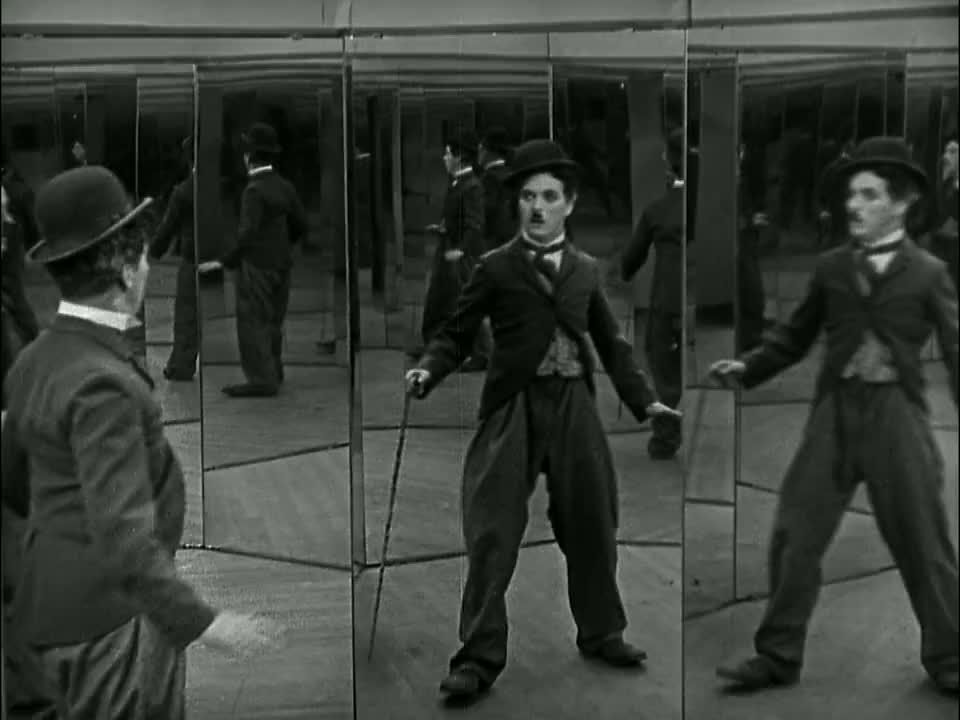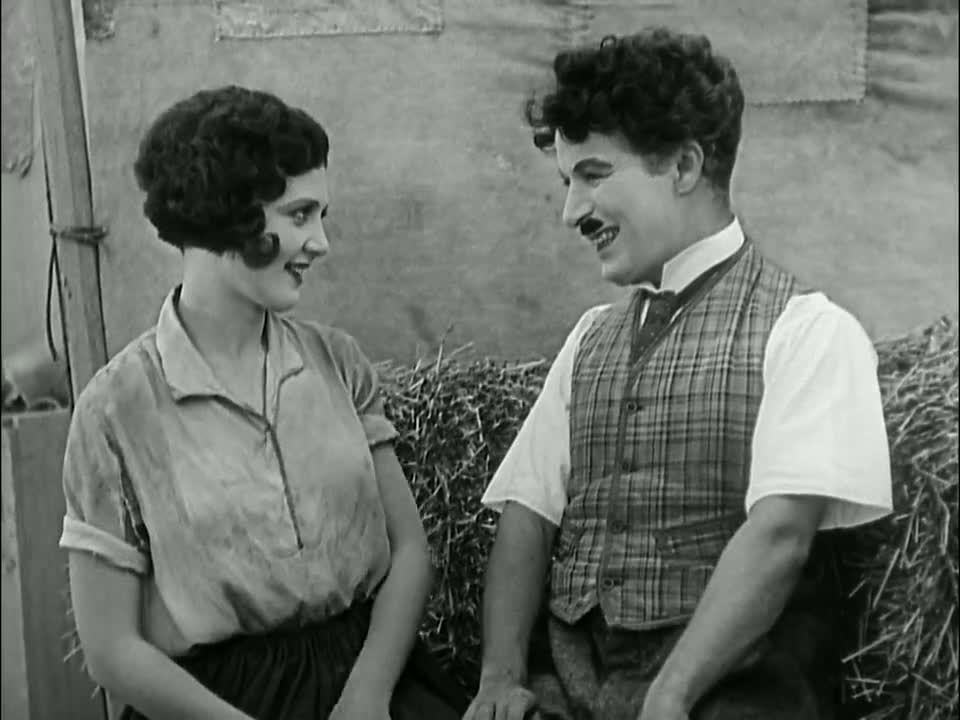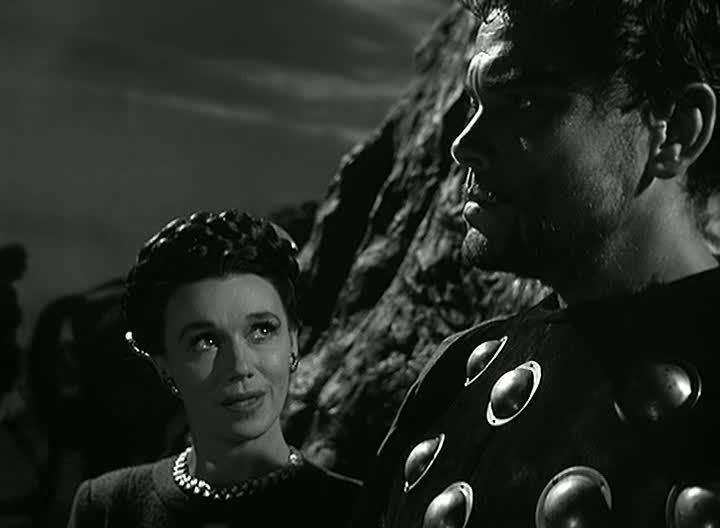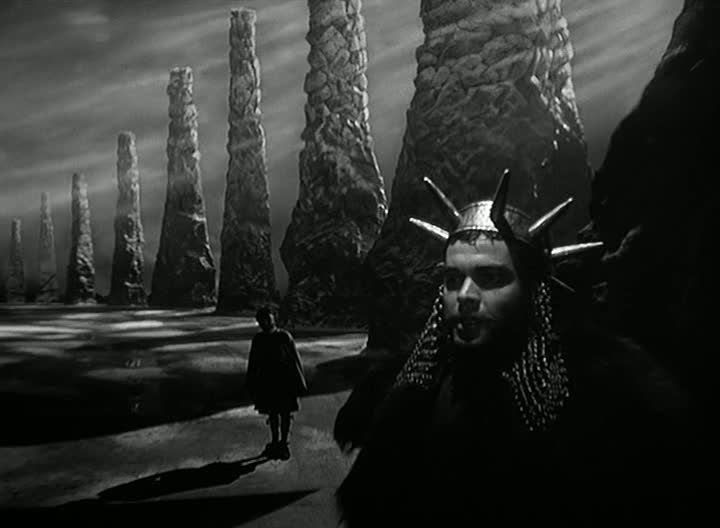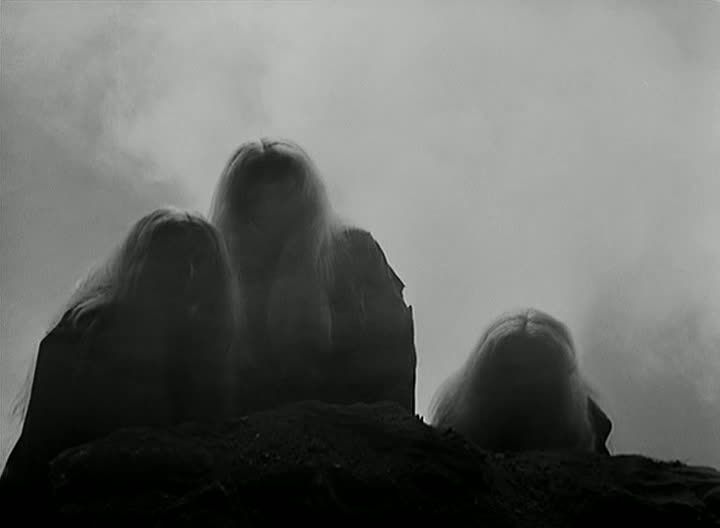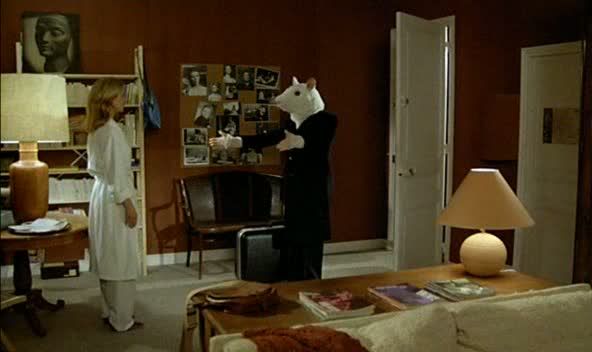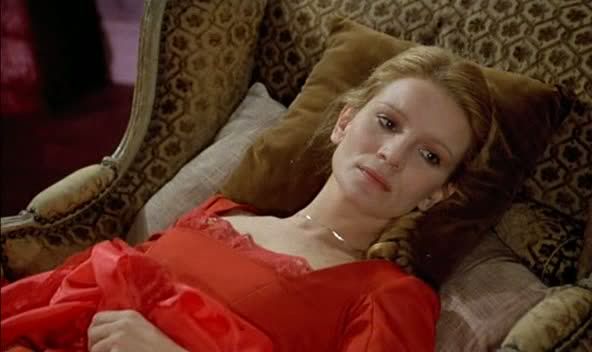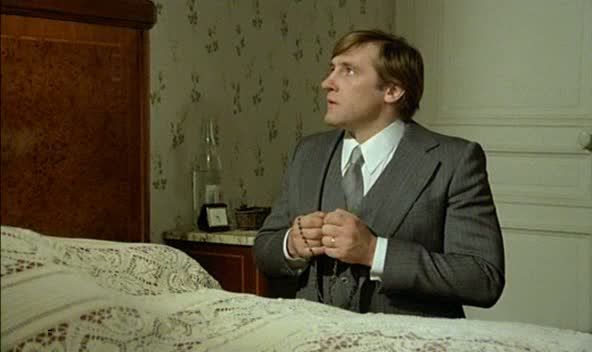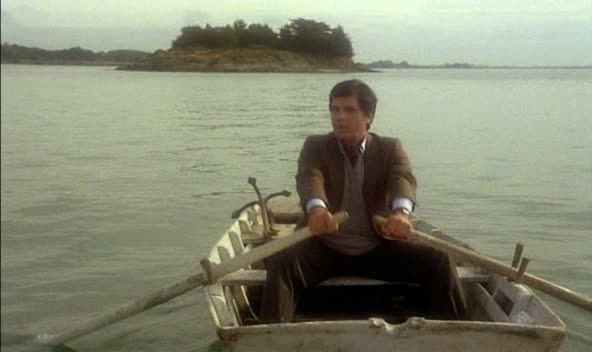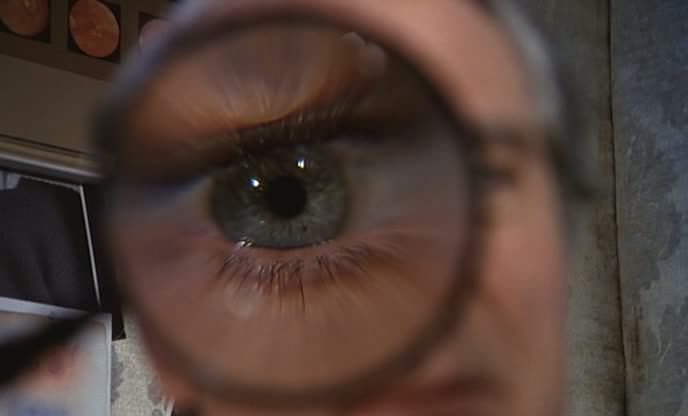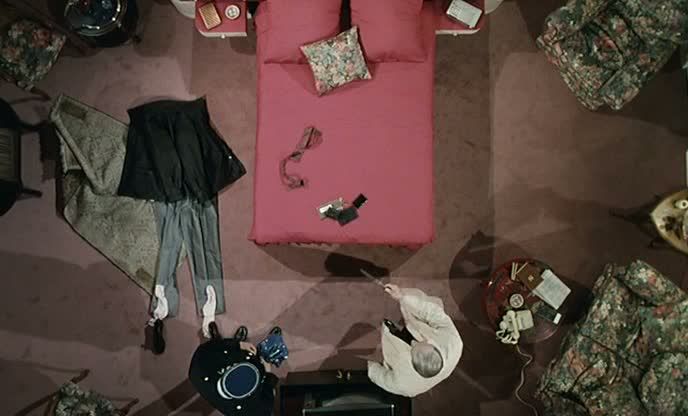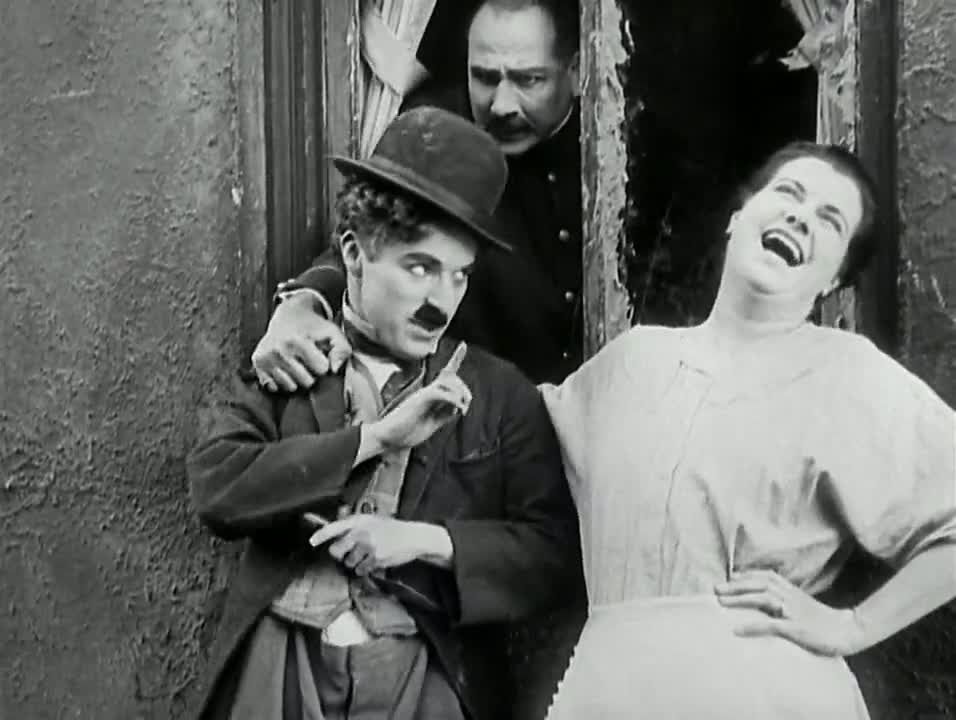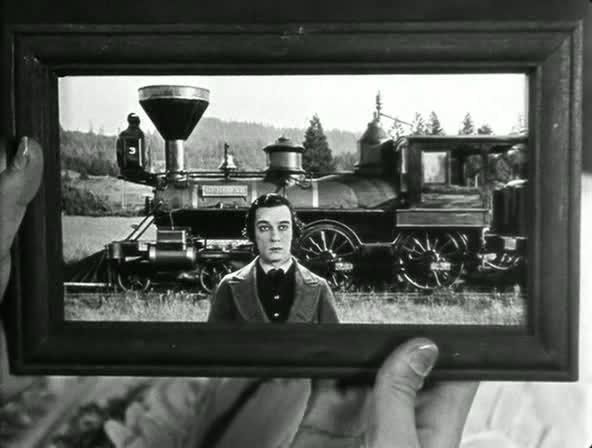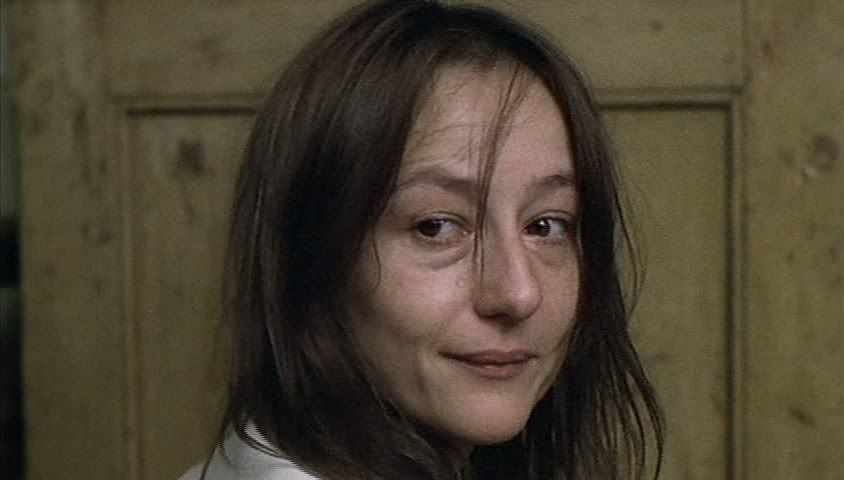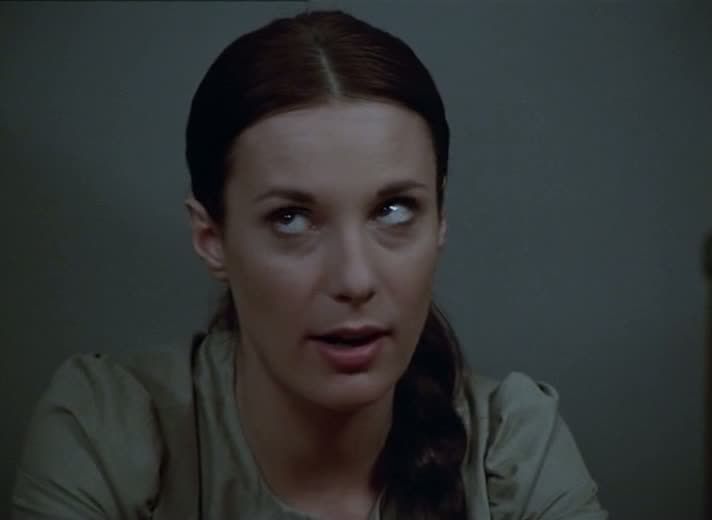
François Truffaut's Une belle fille comme moi is a pitch-black comedy of sexual exploitation in which who's doing the exploiting and who's getting exploited is neatly reversed. Camille (Bernadette Lafont) is the subject of a "sociological thesis" on criminal women, being written by Stanislas Prévine (André Dussollier), a hapless professorial type who listens to Camille's jailhouse confessions with great interest. Camille has had a tough life, it seems, always being desired and exploited by the men she meets, who only want her for sex. Camille, of course, relentlessly turns this state of affairs to her advantage, letting these men take her to bed and have their way with her, while ruthlessly exploiting them in turn, taking their money and plotting various criminal acts surrounding her multiple affairs. Camille is in jail, it seems, for the one crime she actually didn't commit, but there's no lack of criminality in this femme fatale. While Stanislas analyzes her in terms of her unhappy childhood and her bad luck in relationships, suggesting various repressed psychological reasons for her bad behavior, Stanislas' good-girl secretary Hélène (Anne Kreis) asks him to consider the possibility that this girl is just a "tramp."
Truffaut's film is torn between feminist empowerment and the confirmation of old clichés about women who are dangerous, man-eating sluts. Camille could easily be seen as a victim, and this is how Stanislas sees her, influenced by her slightly twisted account of her own experiences. In her own version of her story, she's a victim of the attentions of men, who simply want her for her undeniable sexiness, her carnality. Clovis (Philippe Léotard) picks her up and hides her away in his garage, visiting her for sex whenever he can sneak away from his overbearing mother, until Camille, using an age-old form of sexual blackmail, tricks him into marriage by pretending to be pregnant. Later, Camille throws herself at the bar singer Sam Golden (Guy Marchand), who she believes will help her with her own singing career — a prospect that seems doomed by her tone-deaf, cat-screech voice — but instead he is, predictably, only interested in her talents in bed. Similarly, a lawyer (Claude Brasseur) claims he can help Camille get a large settlement in a lawsuit, but actually he too just takes her to bed while tricking her into signing blank forms and trying to eke out payments from her.
The film is full of these traditional examples of male exploitation, all these men using Camille for her sexuality while stringing her along in various ways. And yet Camille consistently turns the tables on the men, using them in turn. It's a portrait of mutual exploitation, in which sexuality is a tool, a weapon, a way of getting what one wants: for the men, sex is often an ends in itself, while for Camille it's simply the means by which she gets men under her control. Truffaut's film both embodies these archetypal situations and mocks them, making a farce out of these cynical power struggles between men and women, in which neither side is really interested in the other for anything but base, selfish reasons.

Driving the film is the powerful, irresistible performance of Bernadette Lafont in the central role. Lafont had made her screen debut in Truffaut's early short Les Mistons, and she'd gone on to be the bad girl muse of Truffaut's New Wave contemporary Claude Chabrol in some of Chabrol's earliest films. This film marked her first collaboration with Truffaut in 15 years, and she delivers a ferocious, comic, sexy performance that very much explains why so many men are drawn to her and allow themselves to be destroyed by her. Lafont is always a delightful screen presence, with a distinctive smile that's almost sweet and childlike, if not for the hint of irony that makes her look as dangerous as she is appealing. She's casually, irreverently sexy, well aware of the effect she has on men, even sprawling around in a prison jumpsuit that she leaves tantalizingly half-buttoned, the front hanging partially open to tempt Stanislas into a more-than-professional relationship with his interview subject.
Lafont provides most of the film's laughs, embodying an irrepressible id with every languidly sexy pose, every out-of-key tune, every smirking bit of double entendre. Without her, the film would fall apart, though Truffaut does craft some fun gags, like the fact that the conceited Sam Golden accompanies his sexual conquests with a soundtrack of recorded car race sounds. But it's Lafont who makes the film so much fun, making her shameless tramp of a character both delightfully funny and strangely sympathetic. Truffaut's depiction of the battle of the sexes is rather simplistic and cynical, recalling the sitcom-level clichés about marriage plaguing his Antoine Doinel film Bed & Board, but here at least, Lafont's Camille vivaciously resists such stereotypes at every turn, even as she simultaneously embodies them.

